A tale of the overlooked temples of Rawalpindi
Project to renovate Pindi’s run-down temples and gurdwaras yet to see light of day
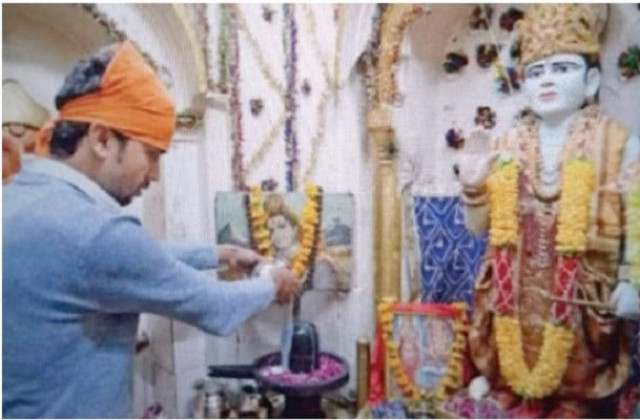
Though around 7,000 Hindus live in the twin cities of Rawalpindi and Islamabad, they have only two functional temples to worship and perform religious rituals.
Though the city still sings of its secular and diverse past, its multi-religious character changed when almost all of its Hindu and Sikh inhabitants left for India, leaving behind temples and gurdwaras only to be occupied and grabbed by various groups. There is almost no functional gurdwara in Rawalpindi for the Sikh community to worship and perform rituals.
There is only one shamshan ghat, a platform designed for the cremation of bodies by the Hindus and Sikhs but there is no dharamshala, a public rest house or shelter, for travellers, caravans and religious travellers.
The only two functional temples — Shri Krisha Temple in Kabari Bazaar Sadar on four marlas and Balmeek Swam Ji Temple in Gracy Lines Chaklala on 10 marlas — lack space to accommodate the growing number of worshipers to perform religious rituals.
In these two temples, people regularly worship in the morning and evening but one can never hear the ring of temple bells. Very few Hindus show up for puja during these two-time rituals as most of them have built temples in their homes.
During major festivals such as Holi, Diwali and poran mashi (when the moon becomes full on the 14th of every month), the Hindus have to face difficulties in finding a place in these two temples as other temples, which have been under the protection of the Auqaaf department, are in dilapidated and rundown condition as a project for their renovation and restoration has hit a snag despite initial approval and allocation of funds.
Walking around old city areas such as Krishanpura, Akaal Garh, Mohanpura, Amarpura, Kartarpura, Bagh Sardaraan, Angatpura, Ghazni Road, Pul Shah Nazar, Bhabhadra Bazar, Bohar Bazar, Old Fort, Kalan Bazar, Gowalmandi, Narankari Bazar, Sadar, Tipu Road, College Road and Lalkurti, one can see Rawalpindi’s heritage.
There are about 10 dilapidated temples and Gurdwaras in Rawalpindi which are no longer functional.
There used to be gurdwaras at Bagh Sardaran, Ghazni Road and Akalgarh as well but after partition, and as a result of the migration of a large number of Hindus to India, the Evacuee Property Trust Board (ETPB) took control of the temples.
Over time, the ETPB allotted most of the land of temples' premises to Muslims, who had migrated from India, either on ownership and long lease. These temples are a masterpiece of Mughal-era architecture which still stand magnificent and superb despite being in a decrepit and ruined state.
Even though their roofs drip in the rain, the splendour of the architecture still manifests today. After the Babri Masjid tragedy in India in 1993, around 17 temples in Rawalpindi were burnt or destroyed by mobs and most of the burnt temples were replaced by tall plazas, markets and petrol pumps.
The Hindu community said that it strongly condemned the desecration of the Babri Masjid but the mobs demolished and burnt several temples in Rawalpindi and the intention was to grab the valuable land.
The Shri Krishna Mandir at Sadar Kabari Bazaar was built in 1897 by Kaniji Mal, Ujagar Mal and Ram Rajpal, three wealthy businessmen of Sadar. Despite the passage of 125 years, pooja is still going on in this temple. The festivals of Holi and Diwali are celebrated here with great fanfare every year. The Balmeek Swamiji Temple at Gracy Lines was built in 1935. Pooja has been going on here for the past 87 years. A large number of Hindus have been living in the vicinity of this temple for decades.
The Ganesh Temple at Bhabhara Bazaar was built by two brothers Hakeem Anand and Hakeem Moti in 1930.
The big historical Mohan Mandir in Lunda Bazaar was also built in 1930 but both the temples are in a dilapidated condition. In 2020, the Rawalpindi Development Authority (RDA) prepared a plan to restore seven temples in the old city areas aimed at promoting religious tourism and a budget of Rs50 million had been allocated for the project.
The project was scrapped after the arrest of former Rawalpindi Commissioner Muhammad Mehmood in the Rawalpindi Ring Road scandal.
RDA Chairman Tariq Murtaza said that the project for the renovation and restoration of all seven temples has been revived.
He said that it has been decided to start the project in 2023 after preparing new feasibility with an estimated cost.
Pakistan Hindu Sikh Social Welfare Council President Sardar Heera Lal, Secretary Rangi Ram, Vice-President Ghaniya Lal and Mohan Lal Kashif said that “we need a big temple, a Gurdwara, a cremation ground and a dharamshala with a crematorium at the moment on at least one kanal of land before the temples were restored.”
They said that Sikhs from the twin cities were forced to go to Hasanabdaal Panja Sahib for worship. They said that when the Tipu Road cremation ground was built in 1800, it had a stream of clear water and the Hindus used to burn the dead and spread their ashes in it.
They said in the last 80 years, the river has turned into a filthy nulla and they face problems in disposing of ash in it.

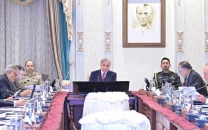
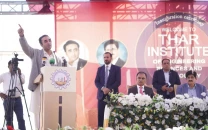


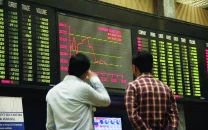
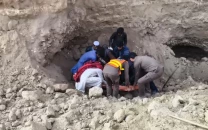












COMMENTS
Comments are moderated and generally will be posted if they are on-topic and not abusive.
For more information, please see our Comments FAQ